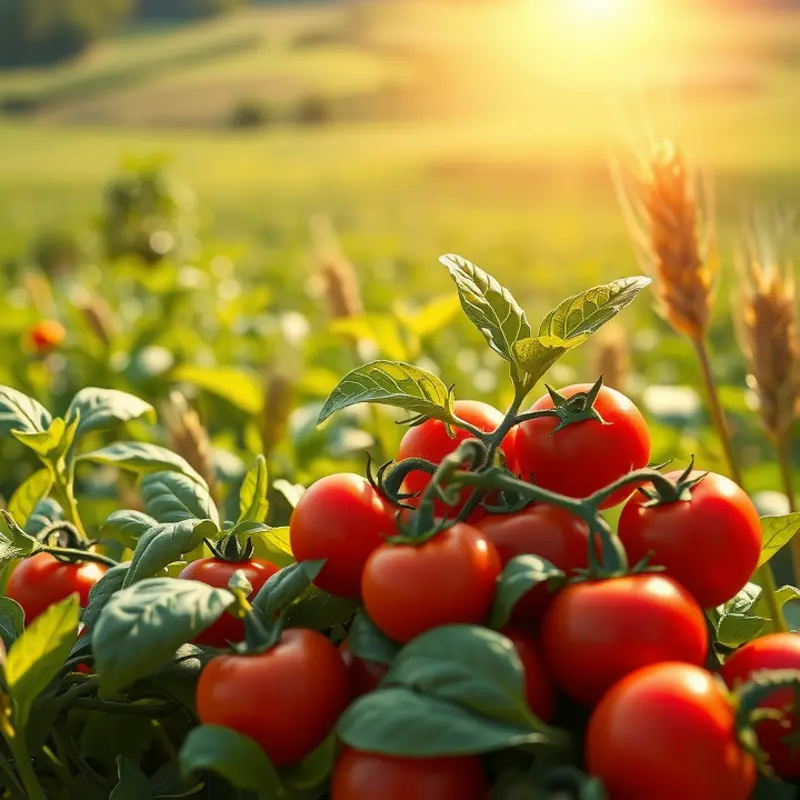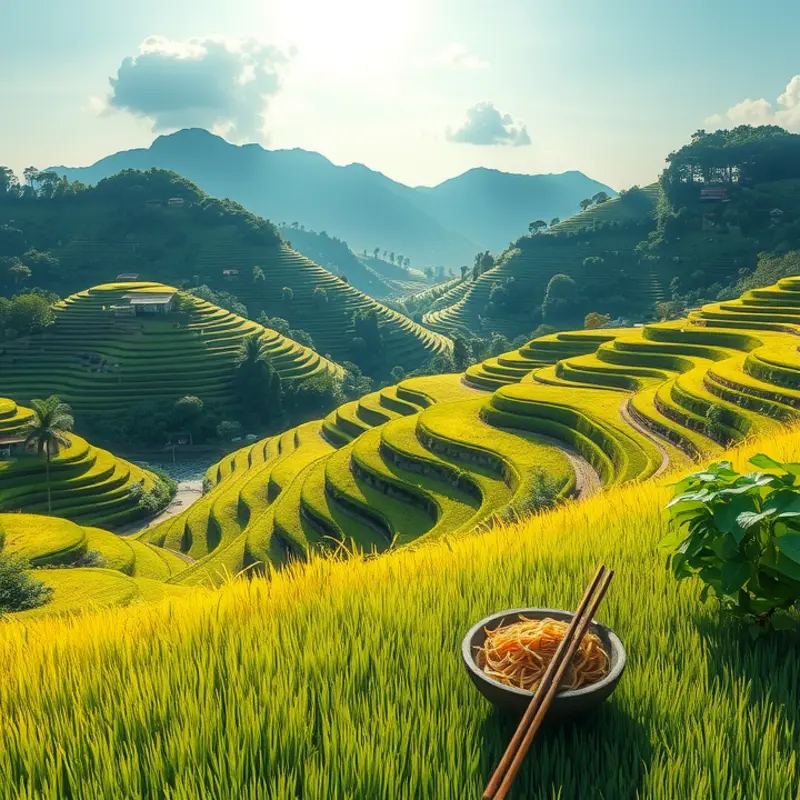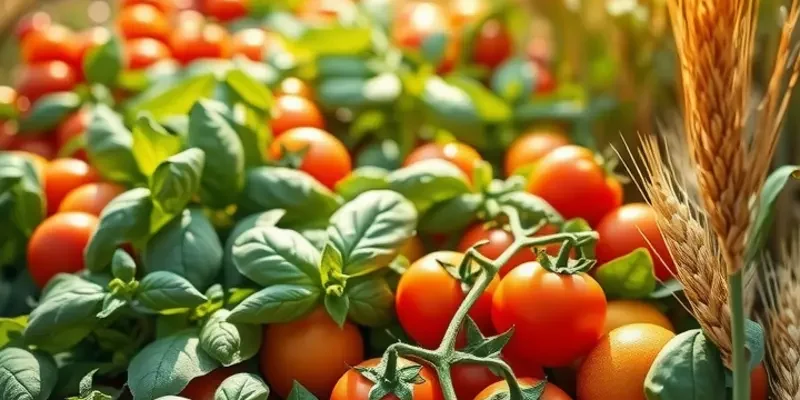Exploring noodles opens the door to a vibrant tapestry of cultures, traditions, and gastronomic creativity. From the rich history of Italian pasta to the delicate hand-pulled noodles of Asia, each variety tells a unique story of its people and traditions. This journey invites food enthusiasts to discover how noodles are intertwined with national identities and local flavors throughout the globe.
Italian Pasta: The Heart of Tradition

When we talk about Italian pasta, we delve into a realm where history, tradition, and taste converge. From the bustling streets of Naples to the serene landscapes of Tuscany, pasta represents more than food; it’s a testament to Italy’s rich cultural tapestry.
Pasta’s history is intertwined with Italy’s own narrative, tracing back to ancient times. Although there’s debate about its precise origins, evidence suggests that forms of pasta existed in ancient Etruscan and Roman cultures. By the Middle Ages, dried pasta became a staple for long sea voyages, establishing it as a fundamental component of Italian cuisine.
Each region in Italy offers its unique twist on pasta, reflecting local ingredients and cultural influences. In the north, you’ll find rich and creamy sauces paired with types like tagliatelle and lasagna. Heading south, the landscape changes as spaghetti and penne take center stage, often complemented by tomato-based sauces infused with herbs and spices.
Pasta comes in numerous shapes and sizes, each with its specific purpose and traditional pairings. Spaghetti is perhaps the most internationally recognized, but Italy offers countless others like fusilli, known for its spiral shape that clings wonderfully to sauces, and tortellini, which is often stuffed with meat or cheese.
The art of sauce-making is as significant as the pasta itself. A simple aglio e olio with garlic and olive oil can transform a dish with profound flavors, while a robust Bolognese brings a rich, meaty depth. Though countless recipes exist, understanding how each sauce complements its paired pasta is crucial, enhancing the diner’s experience.
Italian families have long valued the tradition of pasta-making as a communal activity. In many households, La Nonna (grandmother) holds the revered title of pasta master, teaching younger generations how to roll, shape, and cook pasta to perfection. These traditions maintain cultural continuity, reinforcing bonds across generations.
Despite modernization, many Italian homes maintain traditional pasta-making practices, blending age-old techniques with contemporary influences. Fresh ingredients remain a priority, and many Italians support their local markets, aligning with principles of mindful nutrition discussed in Understanding Mindful Nutrition.
Dining in Italy isn’t just about the food; it’s about togetherness and sharing flavors and stories over steaming plates of pasta. This communal aspect underscores pasta’s role beyond sustenance, serving as a connection between people, places, and experiences. Thus, Italian pasta embodies not just a culinary staple but a vibrant thread in the fabric of Italian life, preserving and celebrating its rich heritage with every delicious bite.
Asian Noodles: A Fusion of Techniques and Flavors

Asian noodles offer a rich tapestry of flavors and textures, with each dish reflecting centuries of culinary tradition. Chinese cuisine introduces us to chow mein, a dish with roots in the Guangdong province. These stir-fried noodles are a harmony of crunch, savory soy sauce, and a medley of vegetables and protein, capturing the essence of balance cherished in Chinese cooking.
In Thailand, one finds pad see ew, known for its bold, spicy profile. This stir-fried noodle dish is a favorite street food, seasoned with soy sauce and vibrant spices that provide a gentle heat. The wide noodles soak up the flavors, creating a gratifying meal that echoes Thailand’s preference for balance in taste—sweet, sour, salty, and spicy.
Japanese noodles bring a different story to the table, with ramen taking center stage. Unlike other noodles, ramen is typically served in a rich broth, showcasing the Japanese mastery of umami. Ramen chefs labor meticulously to perfect the balance of toppings, from tender slices of pork to pickled bamboo shoots, each enhancing the broth’s complexity. Equally important in Japanese cuisine is udon, whose thick and chewy texture contrasts with the lightness of its broth. Noodles in Japan often symbolize longevity, making them a staple in celebrations.
Korean noodles introduce another layer of depth with dishes like japchae, where sweet potato noodles are stir-fried with meats and vegetables in a soy sauce blend. These noodles offer a slightly nutty flavor, reflecting Korea’s culinary penchant for delicate and robust flavors. Traditional Korean rituals often incorporate noodles, emphasizing unity and prosperity among family and friends.
The techniques employed in crafting these noodles are as varied as the dishes themselves. Hand-pulling creates unique textures, as seen in Chinese la mian, where nimble fingers pull and twist dough into long strands. Steaming is another prevalent method, utilized to create delicate noodle shapes that retain a soft texture, ideal for absorbing broths and sauces.
Regional influences shape these dishes in profound ways. The spices of Thailand, the delicate flavors of Japan, and the savory elements of Chinese cuisine all contribute to the unique identity of each noodle dish. This diversity encourages experimentation and personalization, allowing room for healthier substitutions and dietary modifications. For those exploring ingredient adaptations, consider referencing healthy sauce substitutes to maintain the dish’s integrity while catering to dietary needs.
Thus, Asian noodles represent more than a culinary delight; they are cultural artifacts encapsulating thousands of years of history, technique, and regional pride. They invite us into a community centered around food, offering a taste of the rich heritage behind every dish.
Final words
From the intricate methods of pasta-making in Italy to the diverse array of noodle dishes found in Asia, noodles are more than just food; they are a reflection of culture and history. Each strand tells a story of tradition, community, and culinary artistry. By embracing the rich varieties of noodles around the world, food enthusiasts can deepen their appreciation of cultural heritage and the universal pleasure that comes from sharing a meal. Let this exploration be just the beginning of your culinary adventures.








